Flagship project : SeaLex
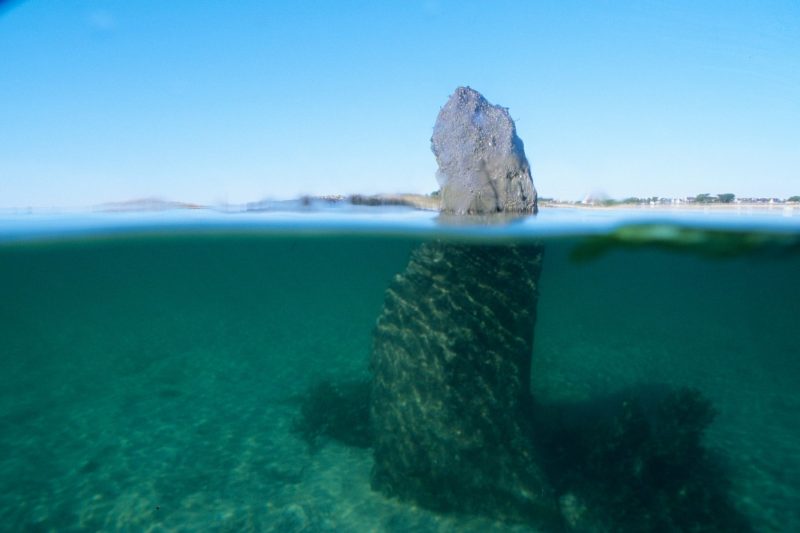

The SeaLex project aims at contributing significantly to the contemporary societal debate about the impacts of climate changes on coastal human populations through a retrospective view of the long‐term trajectories of socio‐ecosystems, especially in terms of social adaptability and resilience, from the start of the Holocene to present‐day along the land‐sea continuum in several relevant North Atlantic Ocean coastal areas (Brittany, Aquitaine, Jersey, Saint-Pierre-et-Miquelon, Newfoundland).
Each year, ISblue finances three flagship projects. In 2020, the SeaLEX project: the sea as a long-term socio-ecological experience was selected. The project is linked to research theme 3: sustainable coastal systems because it involves studying the past of the coast in order to draw consequences for the present and the future (ISblue research themes).
Birth of the project
Pierre Stephan, project leader and CNRS researcher at the LETG laboratory explains how the SeaLex project came about: “It is a unifying theme. There was a project with the Zone Atelier Brest Iroise and a research group in archeology in Rennes, but it was the creation of the ARmeRie chair (Maritime Archeology and Environmental Interdisciplinary Research) with Yvan Pailler that was the trigger.“
Indeed, the ArMeRIE chair is led by an interdisciplinary team representing 6 laboratories from Brest, France : LETG, LEMAR, LGO, CRBC, the INSERM genetics laboratory and CERV. The ambition of ARmeRIE is to unite researchers working in the field of maritime archeology.
Based on this panorama and projects in St Pierre & Miquelon, Pierre Stephan imagined the SeaLex project: “at the start, I was told that the project was too vast or too ambitious but with the funds granted by ISblue, this gives a boost to the project. “
“How can we aggregate this knowledge to cope with global change? “
Pierre Stéphan
Mission of the SeaLex project
Scientific issues:
• Understanding of the links between climate-environment-societies, resilience and adaptations to coastal changes.
• Time scales: the last 8-7000 years with focus on the periods of known climatic deterioration.
• Area investigated: the Land-Sea continuum in the North Atlantic (because of large-scale changes, high variability, long human occupation of the coasts) with a focus on a few privileged sectors (Brittany, Aquitaine, Jersey, Saint-Pierre-et-Miquelon, Newfoundland).
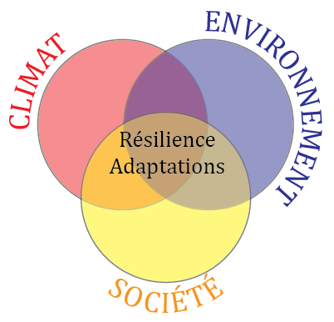
A multi-disciplinary team:
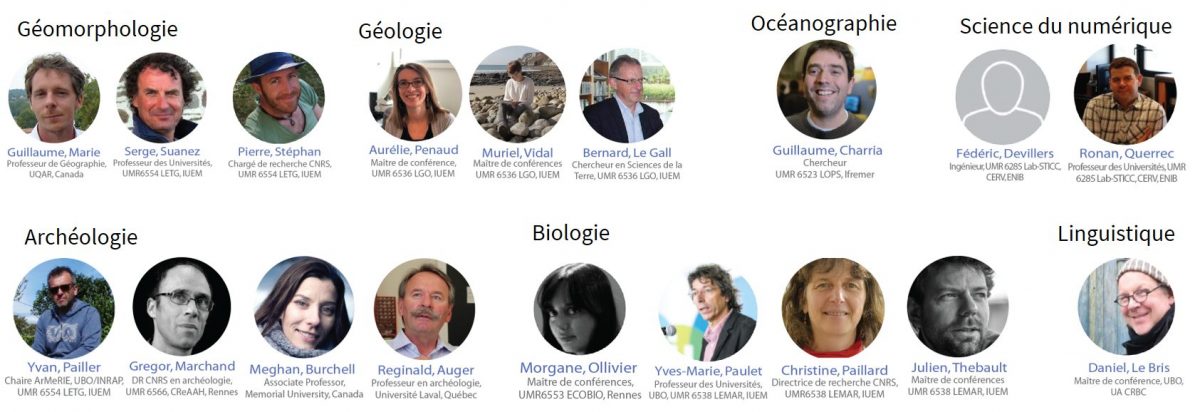
The project is divided into 4 main areas of research:
1. Past coastal societies: distribution, chronology and lifestyles
1.1 Geo-Chrono-archaeological database: population dynamics through the study of archaeological, historical and linguistic archives.
1.2 Sclerochronology: exploitation of marine resources, ways of life of societies and paleoclimatic contexts through the study of biological archives preserved in shell mounds.
1.3 Ancient DNA Approach: Innovative approaches based on the study of ancient DNA preserved in shell mounds to study the diversity of species consumed, lifestyles and livelihoods of coastal societies.
1.4 Ethno-linguistic approach: coastal and marine toponymy as an index of environmental changes and coastal use.
“We have never accumulated so much data on ancient civilisations and today we are not learning from it. This is the vocation of the SeaLex project.“
Pierre Stéphan
2. Environmental coastal changes and forcing: reconstructions from sediment archives
2.1 Coastal geomorphology and geoarcheology: reconstruction of coastal geomorphological changes and forcings (rise in sea level, palaeogeography, chronology of storms, floods, silting, evolution of estuaries), detection of archaeological remains by remote sensing and bathymetric surveys, site stratigraphy archaeological.
2.2 Palynology / sedimentology: reconstruction of marine and continental hydrological and climatic changes from pollens and dinocysts analysed in core samples taken in the Bay of Biscay.
3. Numerical models of past coastal hydrological processes
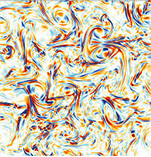
Objective 1 – Reconstruct past ocean circulation models (currentology, temperature, salinity) over periods of climatic degradation identified in the Atlantic (RCC, Bond events) by digital simulation.
Objective 2 – Refine, validate, discuss the simulations from in-situ feedback data (sea cores).
Objective 3 – Assess the implications for coastal socio-ecosystems.
4. Development of virtual reality tools
Objective 1 – Create an “intelligent virtual environment” and build the interfaces with the databases from the different work packages.
Objective 2 – Develop methods of both spatial and temporal navigation in the virtual environment in order to represent past environmental and human changes.
Objective 3 – Build educational and mediation scenarios for a better appropriation of knowledge by students and the general public.
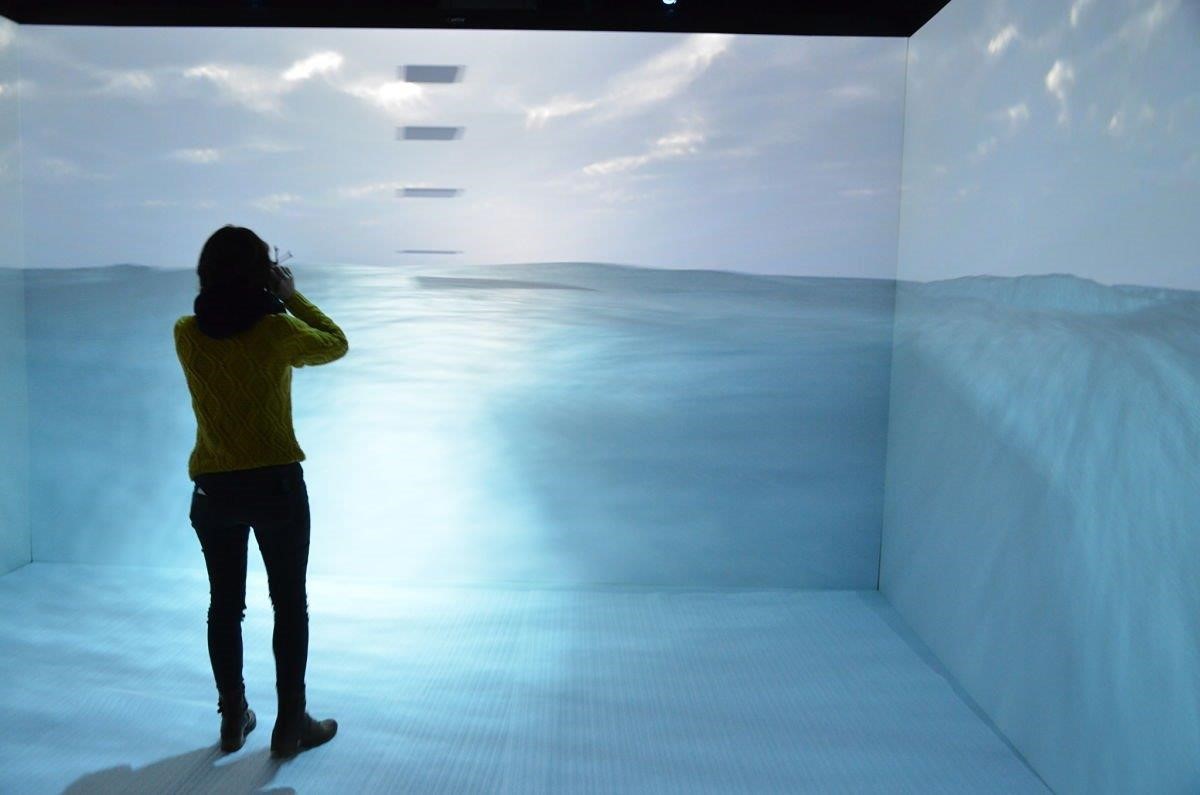
 Attention, vous utilisez un navigateur peu sûr !
Attention, vous utilisez un navigateur peu sûr !